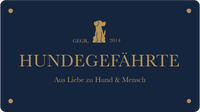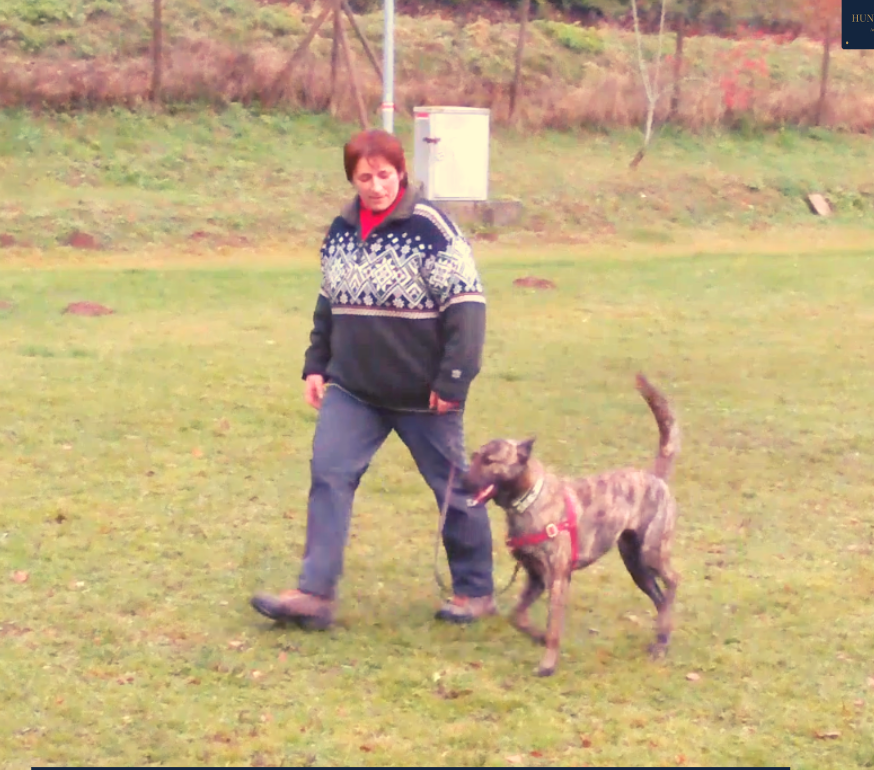Before After Videos
Below you will see, using before and after examples, how leadership with STURMFREI® affects the dog compared to collars and chest harnesses.
By clicking on "Go to video" you will be taken to a preview and from there you can click on the YOUTUBE button or our profile picture to go to our YouTube channel , where you will find more videos and detailed descriptions of what you see in the video.
The dog's behavior on a leash is influenced by factors such as:
- Guide element (Without, collar, chest harness, STURMFREI®)
- race
- Old
- Gender
- Housing conditions
- Environment (residential location, dogs in the neighborhood, status, territory experience)
- genetics
- physical state
- Experiences (learned stimulus-response chains)
- Relationship level with the owner
You see different dogs of different ages in the videos. The videos were filmed with our customers or were sent in by customers.
#leashwalking #leashtraining #leashaggressions #violentfreedogeducation #dogpsychology #understandingdogs #feardogs #socializingdogs #practicedogencounters
Most of our customers have completed an odyssey of leash training. What is not explained to them: pulling has two phases. 1. Focusing on the stimulus = moving forward 2. Tightening the leash = responding to guidance (collar, chest harness, STURMFREI®). The collar and harness provoke a rush forward when the leash is tightened. So resistance. If this is not repeatedly stopped with force, then in the best case scenario it will disappear with increasing age. With STURMFREI® the owner has a non-violent alternative and the dog no longer strains against the train, but remains standing. See the difference in the video below.


The dog in the video is socially competent and socialized. It is a beagle with a strong hunting instinct. If the leash is attached to the back, her hunting instinct is strengthened and her perception is narrowed to the olfactory stimuli that she wants to hunt (hunting). In the video below, the reaction is reinforced as she is pulled on her back in two places. The further back on the body the pull is triggered, the more strongly the dog reacts by rushing forward. Or: the more the dog's physical mass is pulled backwards, the stronger his urge to rush forward.

This Golden Retriever has a very gentle disposition. Her owner had trained her a lot, but couldn't prevent the pulling on her neck from increasing her dog's excitement and hectic pace enormously. With the STURMFREI® the excitement was reduced and the dog stopped wheezing and running hectically back and forth on the leash. She now stays upright while running and is responsive. This also means that the time spent walking, which serves as relaxation for the dog, can also fulfill this purpose. See the difference in our video below.
The video below is a submission from a happy customer. She has been using the STURMFREI® for seven months and shows how much her dog becomes tense and pulling as soon as she is on the collar again. The strong contrast is explained by the restriction and threat on the bitch's neck, which is eliminated by the front leading. Protection dog breeds in particular, which carefully scan the environment for threats, often develop leash aggression on a collar despite (or due to) collar training.

Stress trigger collar for protection dog breeds
This dog suffered from severe leash aggression. She scanned the area for dogs and other dangers. When she saw a perceived danger, she would rise, bark and become aggressive.
In the following video she is wearing STURMFREI® for the first time. The redirection initially reduces the excitement so that the dog remains responsive. In the long term, redirection is linked to conscious positive triggers, such as treats, laughter, and jumping. Make sure to redirect as early as possible and not to escape the situation. So that the dog learns over a longer period of time that positive triggers occur even when another dog passes him (that he is not threatening). If the dog makes threatening gestures (pulling up the ears, baring, stiffening), do not praise or reward the dog, but continue to redirect and remain in contact. Convey "There's nothing to see here." Now take a look at this
following video.

The male in the following
Video is incredibly happy about people, dogs, smells, interaction, eating: life. When he goes out, there's no stopping him. His desire to explore seems insatiable.
Every time the collar tightens around his throat, he starts hopping or barking and becomes more and more agitated. Instead of becoming calmer, he becomes more and more agitated and constantly switches sides. With the STURMFREI® he becomes increasingly calmer, the panting decreases and the barking stops. He is responsive again. See the difference in our video below.


Also the following video
was sent to us by a happy customer. The animal welfare dog reacts strongly to engine noises and displays classic fear behavior (avoidance by "bending over" or running away).
The collar massively reinforced this behavior (pulling on the neck = further threat), the dog was unresponsive and therefore untrainable. With the STURMFREI® there is no threat trigger, the dog's perception is less narrowed and she can be called and redirected again in order to associate the street noises with positive experiences (treats, joy, laughter).
Dogs wearing a harness often appear as if they are being rushed. In technical language, this state is called “Hatz” and describes the state of chasing (pursuing stimuli). This happens with great excitement (concentration) and is provoked by chest harnesses. The increased pulling caused by pulling backwards through the holder is also called the opposition reflex (pressure creates counter pressure).
STURMFREI® is therefore NOT suitable for tasks where the dog has to pull, such as mantrailing or dog scooting. This only works well with the guide on the back. If you don't want the dog to chase you, but rather run more calmly, then use the STURMFREI® like the customer in the video.


enjoyment of life
Leashless
If the leash is not taut or the dog is running freely, he has full freedom of movement thanks to the loose fit of the STURMFREI®. Let it rage and rage.
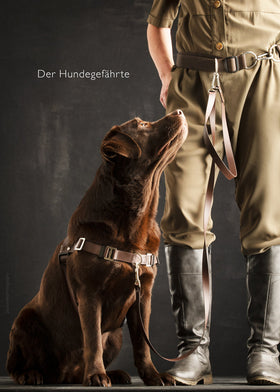
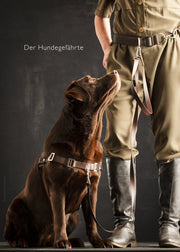
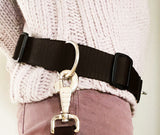
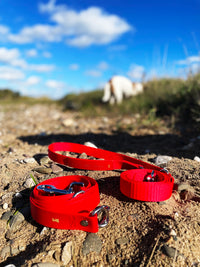
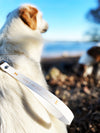
Patents
Anti-stress tableware STURMFREI®
Guide your dog in the cleavage area and take the lead.
